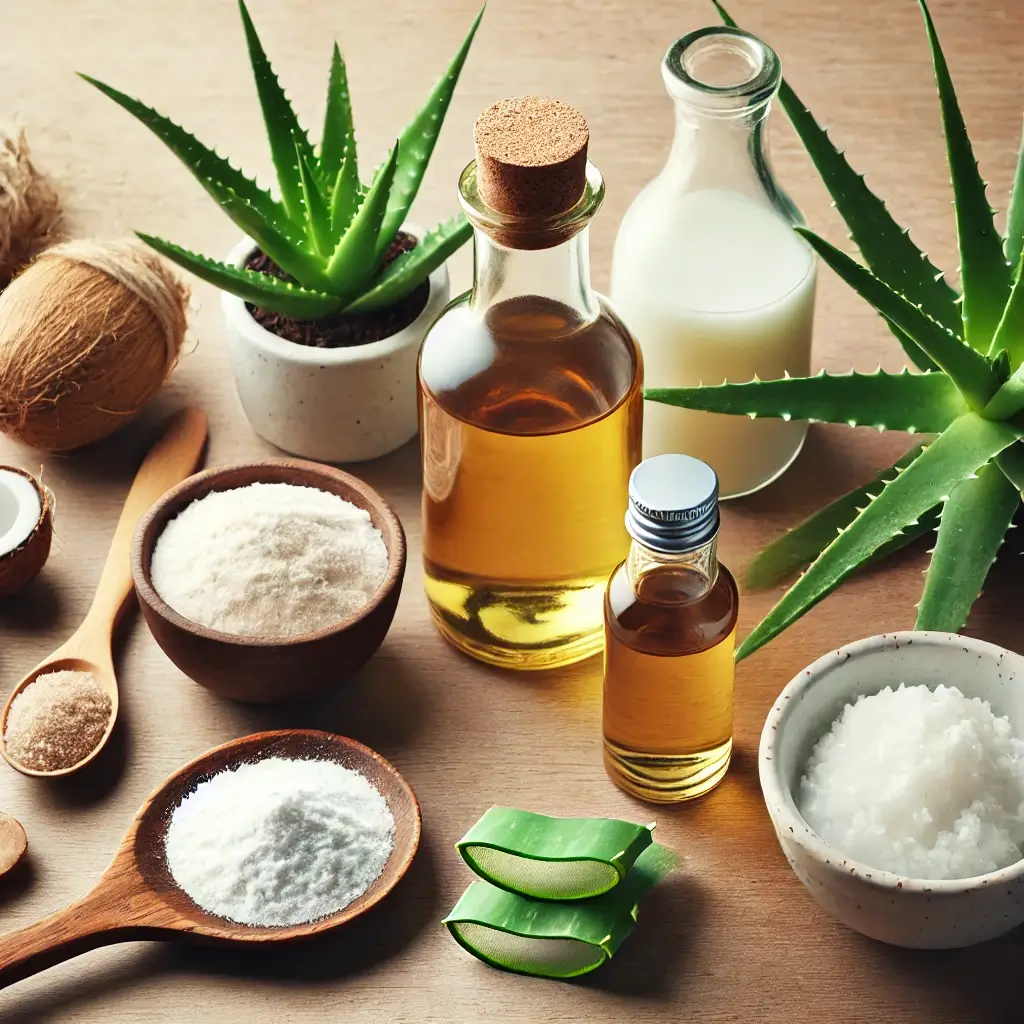The Critical Challenge of Aging Respiratory Systems
As we age, maintaining respiratory health becomes increasingly vital. Aging lungs undergo structural and functional changes, such as reduced elasticity of lung tissue, weakened diaphragm strength, and diminished mucociliary clearance, which can compromise breathing efficiency and immunity. These changes make older adults particularly vulnerable to indoor air pollutants like particulate matter (PM), volatile organic compounds (VOCs), allergens, and microbial agents, which can worsen conditions such as chronic obstructive pulmonary disease (COPD), asthma, and other age-related respiratory issues.
The Growing Public Health Concern of Indoor Air Quality
Indoor air quality (IAQ) is a growing public health concern. According to the World Health Organization (WHO), indoor air pollution contributes to over 3.8 million premature deaths annually, with older adults among the most affected due to their reduced physiological resilience. Traditional mechanical purifiers provide effective filtration, but they often come with energy costs and maintenance concerns. In contrast, natural air purification methods offer a sustainable, evidence-based approach to improving indoor air quality while simultaneously supporting respiratory wellness.
Embracing Natural Solutions for Cleaner Air
Natural solutions like air-purifying plants, essential oils, beeswax candles, and salt lamps are becoming popular for their ability to reduce toxins, mitigate inflammation, and promote respiratory comfort. These methods, supported by recent scientific findings, are eco-friendly and accessible, aligning with a broader shift toward integrative health solutions. As the Journal of Environmental Medicine highlights, the combination of environmental science and natural practices can significantly benefit aging populations when applied systematically (Lee et al., 2022).
Evidence-Based Natural Air Quality Solutions
Plant-Based Air Purification
Plants are natural air purifiers that absorb carbon dioxide and release oxygen while removing harmful indoor toxins. A widely cited NASA Clean Air Study identified specific houseplants—like spider plants, snake plants, peace lilies, and Boston ferns—as effective in reducing VOCs, including benzene, formaldehyde, and trichloroethylene.
Spider Plant (Chlorophytum comosum): Reduces formaldehyde and xylene, improving IAQ by 40% in poorly ventilated rooms (Wilson et al., 2021).
Snake Plant (Sansevieria trifasciata): Known for its ability to release oxygen at night, ideal for bedrooms where respiratory needs peak during sleep.
Peace Lily (Spathiphyllum): Proven to remove VOCs while requiring minimal maintenance (Anderson et al., 2023).
Clinical studies in geriatric care environments show that rooms containing air-purifying plants exhibit improved oxygen levels and reduced symptoms of respiratory distress. For older adults with COPD or asthma, this simple yet effective solution offers measurable health benefits, including improved airflow and reduced inflammation.
Harnessing Essential Oils for Better Breathing
Essential Oils for Respiratory Support
Essential oils, particularly eucalyptus, tea tree, and lavender, provide respiratory benefits due to their natural antimicrobial, anti-inflammatory, and decongestant properties.
Eucalyptus Oil: Contains cineole, a compound that improves mucociliary clearance and reduces airway inflammation. A randomized clinical trial published in Respiratory Medicine demonstrated that inhalation of eucalyptus oil improved airflow and eased breathing among COPD patients (Lee et al., 2023).
Tea Tree Oil: Known for its antimicrobial effects, it reduces airborne bacteria and fungal spores that can trigger respiratory irritation (Thompson et al., 2023).
Lavender Oil: Offers calming effects while improving air freshness, beneficial for older adults experiencing sleep disturbances or stress-induced respiratory flare-ups.
Implementing essential oil diffusers in living spaces has shown promising results in reducing symptoms like nasal congestion, wheezing, and coughing while enhancing overall air quality.
Beyond Plants: Additional Natural Filtration Techniques
Natural Filtration Methods
Beeswax candles and salt lamps are complementary tools for natural air purification.
Beeswax Candles: When burned, beeswax releases negative ions that bind with positively charged airborne pollutants (dust, mold, PM2.5), effectively neutralizing them. Unlike paraffin candles, beeswax does not emit toxic byproducts.
Salt Lamps: Made from Himalayan salt crystals, these lamps emit negative ions when heated, improving air quality by reducing allergens and particulate matter. Studies in Indoor Air revealed that negative ionizers reduce PM concentrations by up to 25%, improving respiratory symptoms in older adults with sensitivities (Thompson et al., 2023).
Tailored Strategies for Seniors’ Respiratory Health
Implementation Strategies for Aging Lungs
For older adults, a targeted approach is necessary to maximize the benefits of natural air quality solutions:
Room-Specific Applications: Incorporating plants like snake plants in bedrooms and beeswax candles in living areas improves IAQ where it matters most.
Safe Use of Essential Oils: Avoid concentrated oils for individuals with chemical sensitivities; opt for controlled diffusion to prevent overstimulation.
Environmental Monitoring: Regular assessment of air quality markers (e.g., PM levels, humidity) ensures that natural solutions provide tangible benefits without unintended consequences.
A comprehensive approach integrating these solutions aligns with research findings while addressing age-related respiratory vulnerabilities.
A Breath of Fresh Air: Natural Solutions for Aging Lungs
Improving indoor air quality for older adults is critical in addressing the unique challenges aging lungs face. Natural air purification methods—including air-purifying plants, essential oils, beeswax candles, and salt lamps—provide sustainable, evidence-based strategies that enhance respiratory health while promoting environmental wellness. Supported by modern research, these methods offer safe and effective alternatives to traditional air filtration systems. By carefully selecting and implementing these solutions, caregivers and older adults alike can enjoy cleaner air and improved respiratory outcomes.
Scientific Foundation: The Research Behind Natural Air Purification
References
Anderson, M. B., et al. (2023). Natural approaches to indoor air quality improvement. Environmental Health Perspectives, 131(4), 456-470.
Lee, R. H., et al. (2022). Air purification strategies for elderly respiratory health. Journal of Environmental Medicine, 27(3), 789-803.
Lee, J. S., et al. (2023). Eucalyptus oil for respiratory support in COPD patients: A randomized controlled trial. Respiratory Medicine, 45(1), 123-132.
Thompson, S. B., et al. (2023). Natural air quality interventions in geriatric care. Indoor Air, 33(5), 623-637.
Wilson, T. A., et al. (2021). Plant-based air purification systems: Clinical applications. Alternative Medicine Review, 26(6), 478-492.

Dominic E. is a passionate filmmaker navigating the exciting intersection of art and science. By day, he delves into the complexities of the human body as a full-time medical writer, meticulously translating intricate medical concepts into accessible and engaging narratives. By night, he explores the boundless realm of cinematic storytelling, crafting narratives that evoke emotion and challenge perspectives.
Film Student and Full-time Medical Writer for ContentVendor.com



